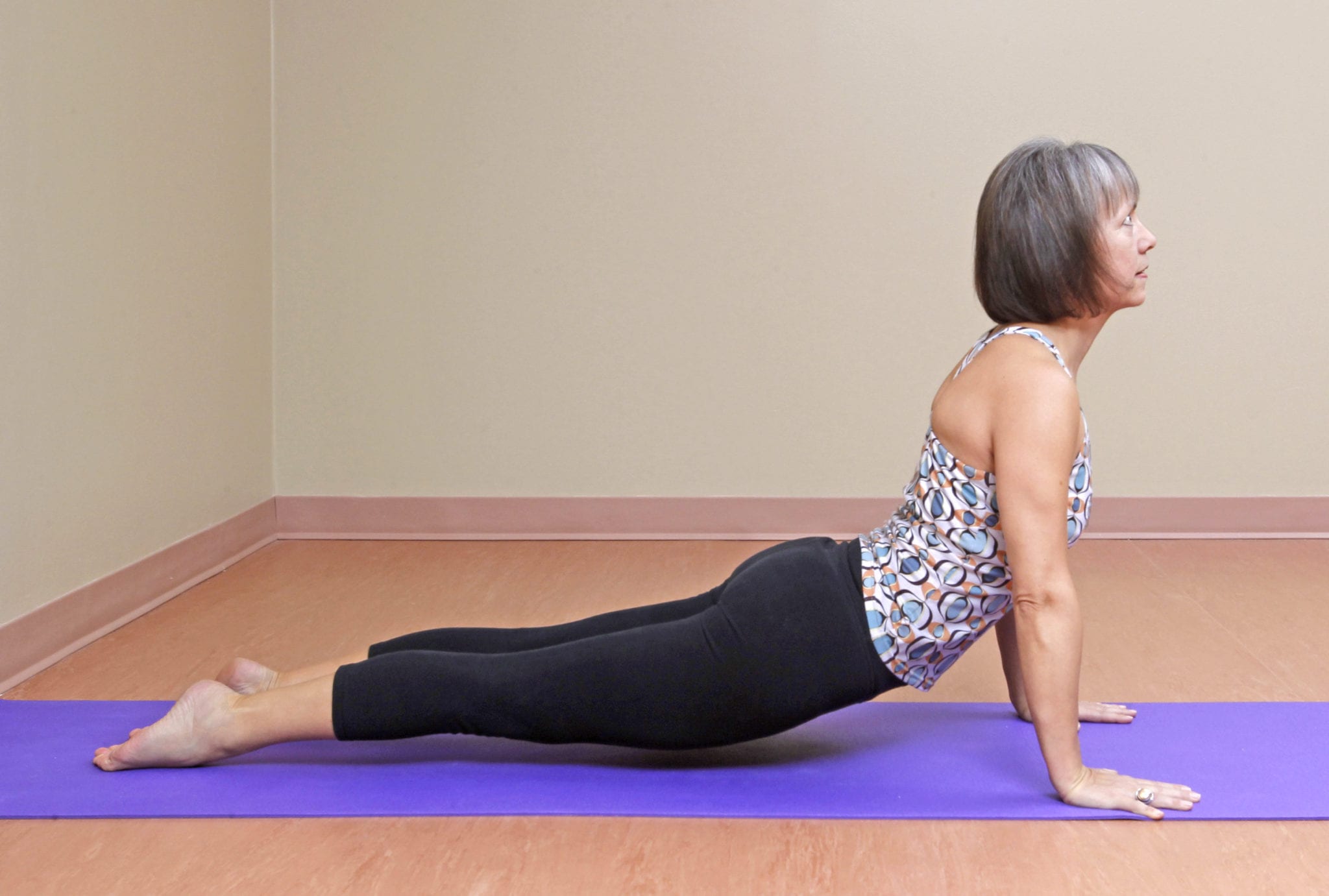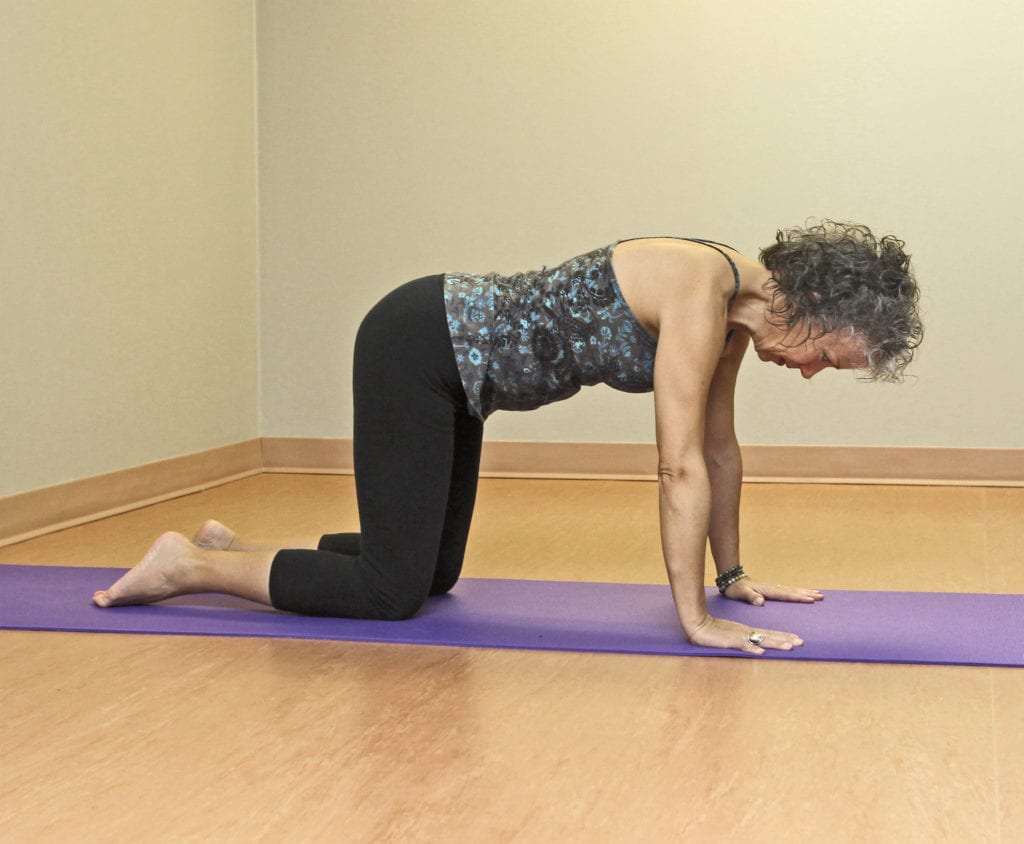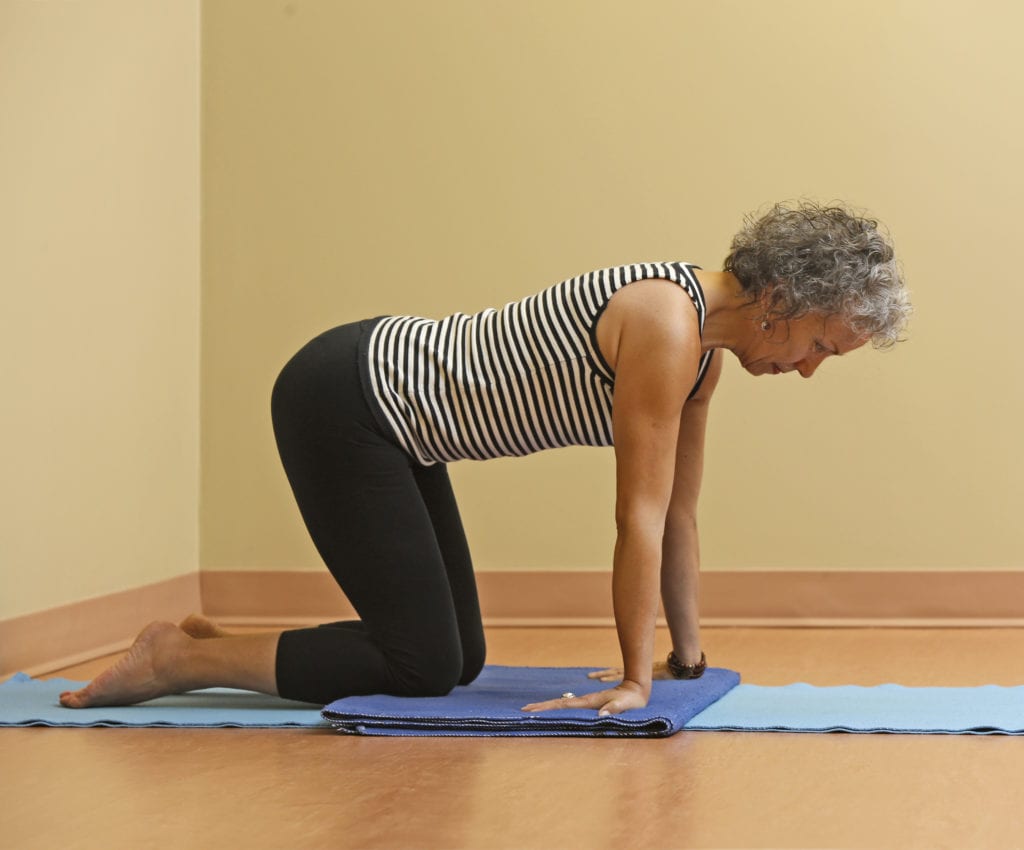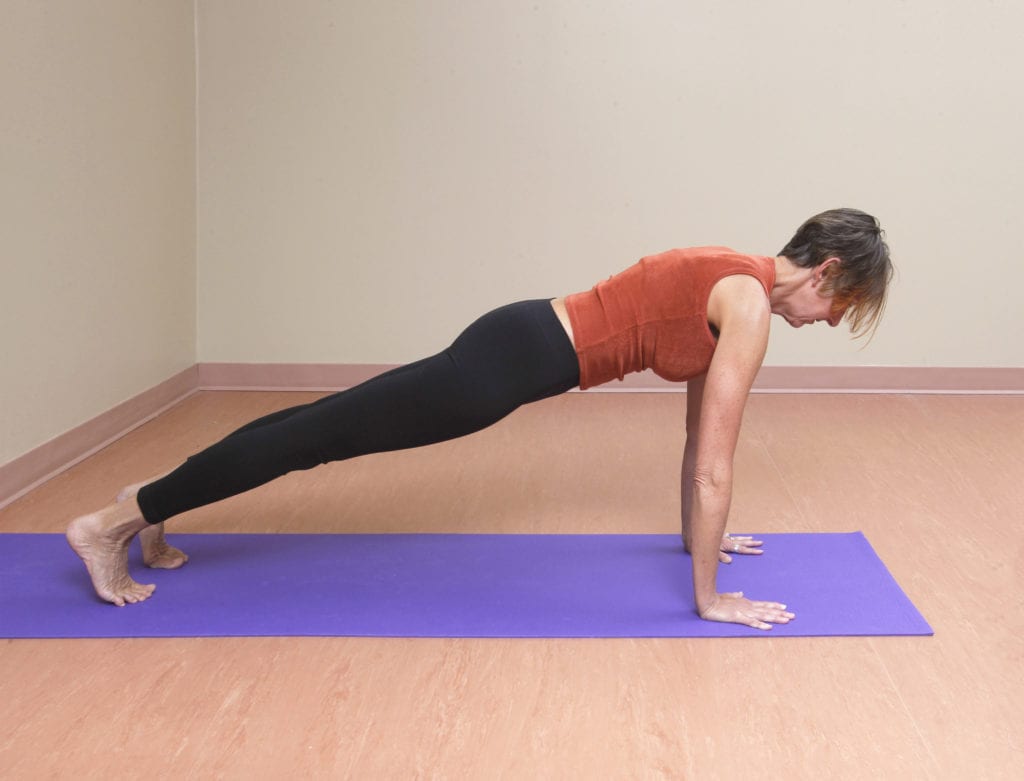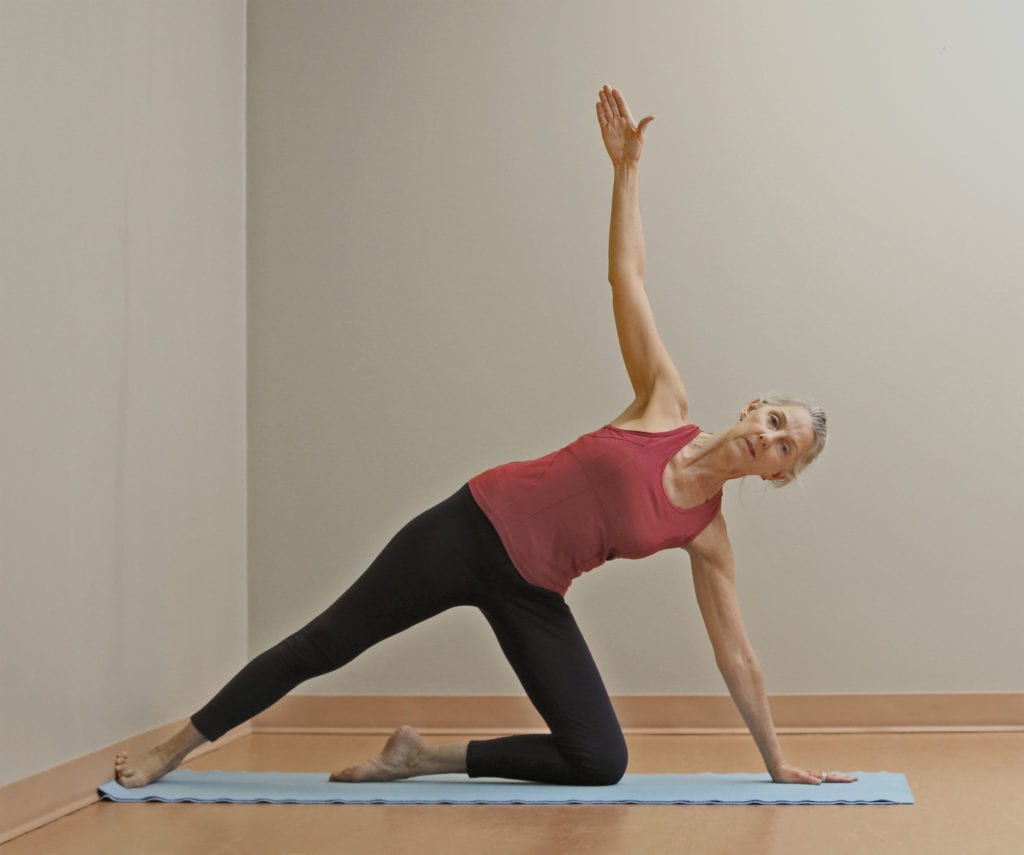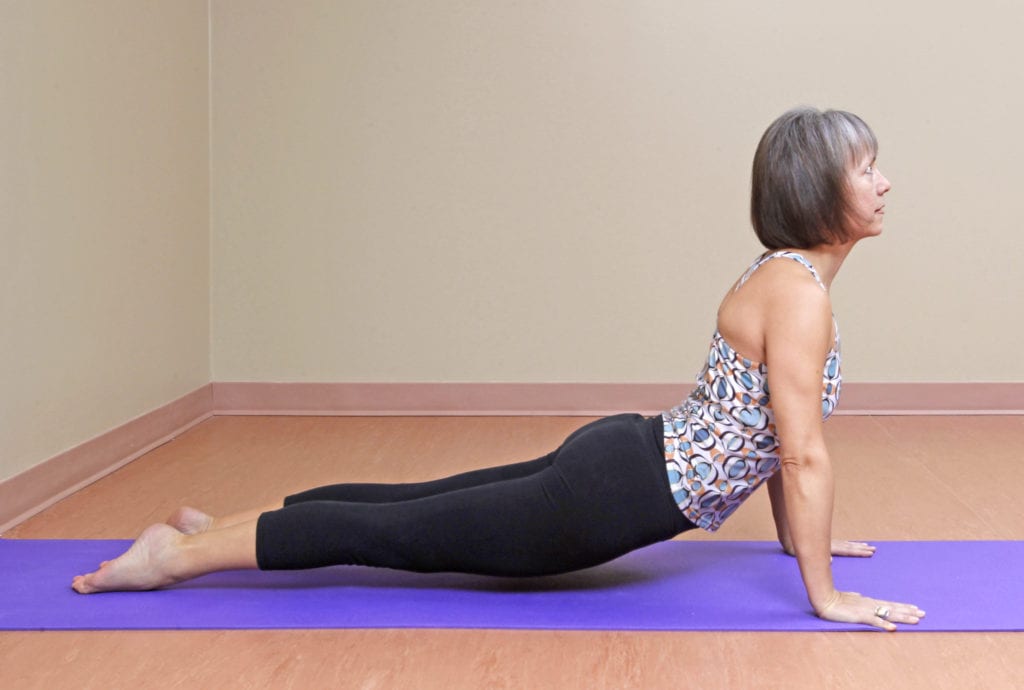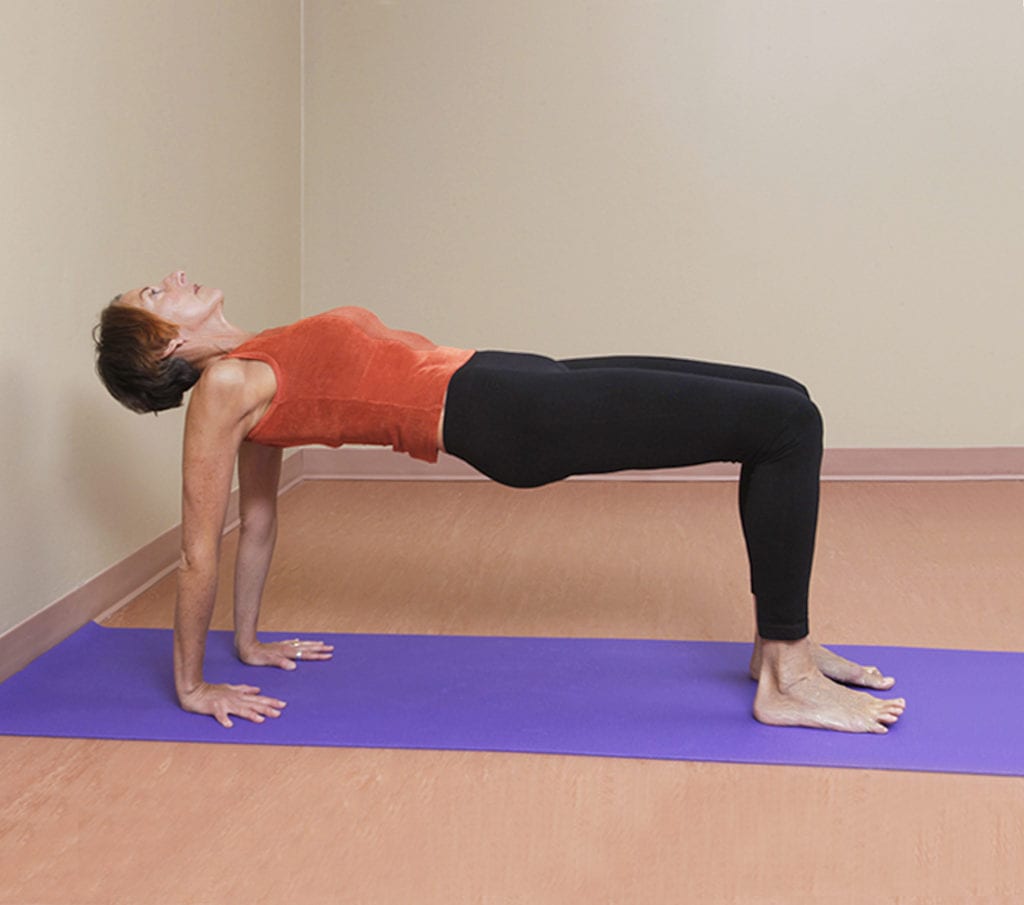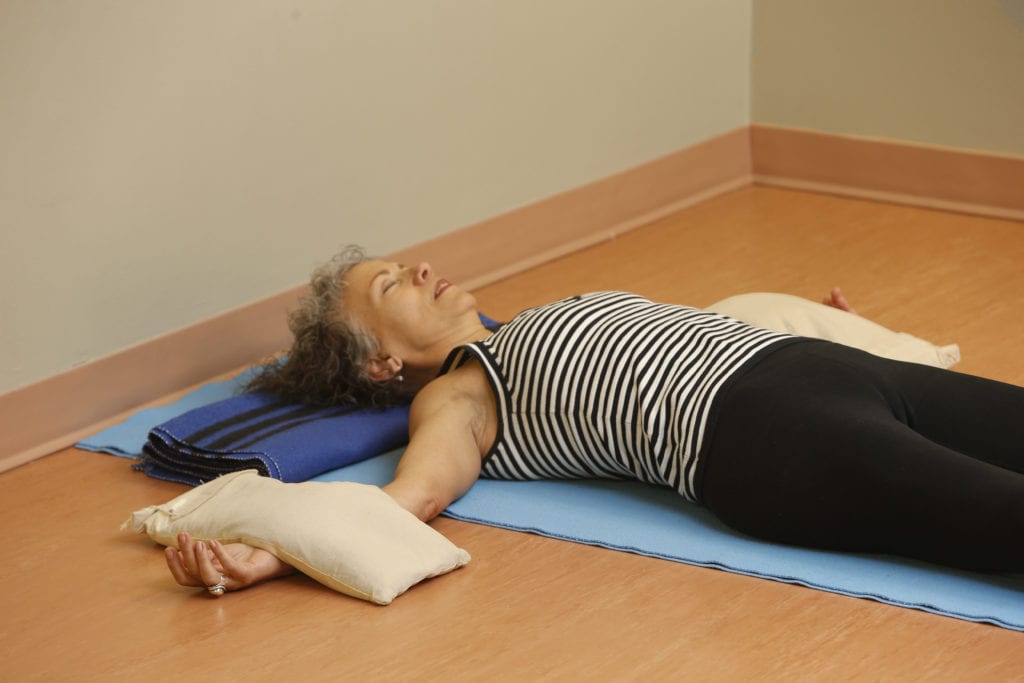Strong joints equal perfect poses
Not everyone can do yoga poses, but everyone can do yoga actions. The purpose of each yoga action, presented in the many articles published here, is to awaken the intelligence of the body.
The required shift to inner awareness is the seemingly magical wand that activates your body’s capacity for revitalization and even irrevocable transformation. We ask you to use your inner awareness to assess right alignment (bone over bone), right effort (core engagement) and right breath flow (rhythm and location).
When our body, breath and awareness flow in union with minimal effort, the resulting inner stability awakens previously unaccessed energy resources. These untapped energies heal past wounds, sustain existing capacities throughout our lifespan and awaken often-unimagined new capabilities — such as insight in the form of intuition; standing on one’s hands; and living more peacefully, lovingly and joyfully.
All these precious benefits awaken us to a felt experience of what it means to live from our authentic potential. How we begin is literally by taking one small step or yoga action at a time, and practising that action until we no longer require its “medicine.”
The small step we are taking today will lead us to stable and strong elbow joints in preparation for that handstand or headstand you might secretly wish you could do. Because most people do not engage in enough upper-body strength training or weight-bearing activities, instability in the elbow joint is a common occurrence.
In yoga, when we practise stabilizing actions, we are cultivating both strength and flexibility. With regard to the elbow joint, strength comes from stacking the shoulders over the wrists (right alignment) or the upper arm bone over the lower arm bone. For some, the latter is not possible due to either the carrying angle of their elbows or to previous injury.
To test your own elbow joint strength and flexibility, come into All Fours (see illustration) and notice if the “eye” of your elbow crease aligns with your thumb. If your elbow crease points back toward your legs, then likely your shoulders are tight. Can you externally rotate the head of your upper arm bones to better align elbow creases and thumbs? If this rotation is not yet possible, then warming up with a series of shoulder-opening poses will be of great benefit.
Alternatively, if your elbow crease points forward (away from your legs), then you are hyperextending your elbow joint. Hyperextension in any joint is a sign of too much flexibility and too little strength. Until you build strength in these unstable joints, maintain a microbend to avoid bone-on-bone grating, which will damage cartilage. In addition, consistent practice of the yoga actions here creates arm bone alignment and elbow stability.
Because regular practice engraves the new healthy pattern into your motor control centre, eventually your body will do it automatically.
As mentioned previously, tightness in the elbow joint often originates in the shoulder. If you find the elbow-stabilizing actions difficult due to shoulder tightness or hyperextension, you might experience shaking or trembling in your arms. Shaking during practice can signal you are either overworking or your muscles are releasing tension and thereby developing needed strength.
Note the shaking and ask yourself, “Am I overworking or am I releasing tension?” If you are overworking, back off or take a rest before you return to the pose. If you are releasing tension, then shorten the length of time you hold the pose and instead do more repetitions to build strength.
Action: Imagine the skin and flesh of the lower arm as a sleeve. Draw this sleeve upward from the wrist to the elbow. Imagine the skin and flesh of the upper arm as another sleeve. Draw this sleeve downward from the shoulder to the elbow.
For more advanced practitioners: once you have found the sleeves, feel the lower arm bones moving down into the heels of your palms and the upper arm bones (humerus) moving up into the shoulder sockets (glenoid cavity).
ALL FOURS PREP 1
Start in All Fours, and bring your shoulders directly over your wrists. Point your fingers forward and find the actions in your arms. Hold for five to 10 breaths.
ALL FOURS PREP 2
In All Fours, bring your shoulders directly over your wrists. Point your fingers backwards (toward your knees) and find the actions in your arms. Hold for five to 10 breaths.
PLANK
From All Fours Prep 1, step one leg straight back followed by the other. Lengthen out through your legs and heels. Find the actions in your arms. Hold for five to 10 breaths. Rest in Balasana (Child’s pose).
VASISTHASANA I PREP
From All Fours Prep 1, step your right leg straight back and roll onto your left shinbone. Lift your right arm upward, and find the actions in both arms. Hold for five to 10 breaths. Rest in All Fours and then repeat on the other side.
URDHVA MUKHA SVANASANA (Upward Facing Dog pose)
Lie on your front body with your hands pressing into the floor by your chest. Exhale, press into your hands and the tops of your feet to straighten your arms. Your thigh bones are lifting to the back of your legs, which helps lift them off the floor. Alternatively, you can come into this pose from Plank. Find the actions in your arms. Hold for five to 10 breaths. Rest in Balasana (Child’s pose).
ARDHA PURVOTTANASANA (Half Upward Facing Plank pose)
Sit with your knees bent and feet hip distance apart and pointing straight ahead. Place your hands behind your buttocks with your fingers pointing toward your feet. Exhale, press equally into your palms and feet to help lift your hips upward. Find the actions in your arms. Hold for five to 10 breaths.
SAVASANA with SANDBAGS on WRISTS (Corpse pose with sandbags on wrists)
Lie on your back with your arms out to the side at a comfortable distance. Place a sandbag on one wrist and wriggle your other wrist under another bag — or ask for help. Rest for three to 10 minutes. Carefully remove your wrists from under the sandbags and rest for an additional two to five minutes.
 Winnipeggers Helen Maupin (www.righttojoy.com) and Candace Propp (www.natureofcontentment.com) are certified senior yoga teachers and authors of the Creating Space: Yoga Actions book series. To purchase these print or ebooks, visit here. For yoga teacher training (200- & 500-hour) with them and Stacy Schroder or to purchase the Yoga Actions teacher training facilitator manuals and student handbooks contact www.sereneyogastudio.com.
Winnipeggers Helen Maupin (www.righttojoy.com) and Candace Propp (www.natureofcontentment.com) are certified senior yoga teachers and authors of the Creating Space: Yoga Actions book series. To purchase these print or ebooks, visit here. For yoga teacher training (200- & 500-hour) with them and Stacy Schroder or to purchase the Yoga Actions teacher training facilitator manuals and student handbooks contact www.sereneyogastudio.com.
Photos: Wayne Glowacki

